Can Stone Protective Film Prevent Scratch
2025-10-29
1. The Core Principle of Stone Protective Film's Scratch Prevention
The key to the scratch-resistant effect of stone protective film lies in its wear-resistant layer and substrate structure. High-quality protective films contain wear-resistant components, forming a tough protective barrier. When external objects come into contact with the stone surface, the protective film can directly withstand friction and scratching forces, preventing the stone itself from directly contacting sharp or rough objects. At the same time, the flexibility of the protective film can buffer some of the impact force, reducing scratches on the stone surface caused by object collisions, transferring scratch damage to the protective film, thus protecting the original smooth and flat surface of the stone.
2. Common Scratch Scenarios It Can Protect Against
In daily use, stone protective film can handle a variety of situations that easily cause scratches. For example, in a home environment, the protective film can effectively prevent scratches from the stone floor caused by friction between the bottom of furniture when moving, accidental contact from dropped metal objects, and scratches from tools during daily cleaning. In renovation or construction scenarios, friction damage from mud, tools, and other debris can also be prevented by applying a protective film, especially suitable for new stone that hasn't been used yet, maintaining its original factory appearance.3. Key Factors Affecting Scratch Resistance
The scratch resistance of stone protective films is not absolute and is affected by several factors. The material of the protective film is crucial. Products made of high-quality polyethylene or polyester have stronger wear resistance and better scratch resistance; while inferior films, due to their fragile material, are easily scratched and cannot provide effective protection. The thickness of the protective film also has an impact. Thicker protective films usually have a more robust structure and can better resist scratches; films that are too thin may break directly under strong friction, losing their protective function. Furthermore, the smoothness of the stone surface also affects adhesion. If the stone surface is uneven, gaps will exist between the protective film and the stone, making it prone to localized damage and reducing its scratch-resistant effect.
4. Usage Recommendations for Enhancing Scratch Resistance
To ensure the stone protective film fully exerts its scratch-resistant function, proper usage is crucial. Before installation, ensure the stone surface is clean and free of impurities to prevent impurities from being trapped between the protective film and the stone, causing localized friction damage. Choose the appropriate type of protective film based on the usage scenario. For frequently used stone floors, prioritize a thicker, wear-resistant version; for short-term protection, a regular wear-resistant version is sufficient. In daily use, avoid intentionally scratching the protective film surface with sharp tools. Regularly check the protective film for damage. If localized damage is found, replace the protective film in the corresponding area promptly to prevent the damage from spreading and exposing the stone.
You Might Also Like
-
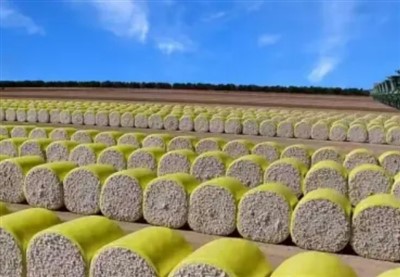
what are the advantages of cotton packaging film
-
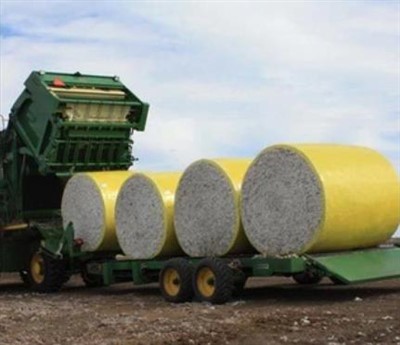
The Advantages of Cotton Wrap Film
-
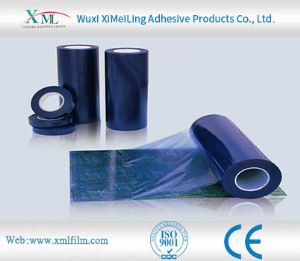
How does pe protective film cope with high temperature environment
-
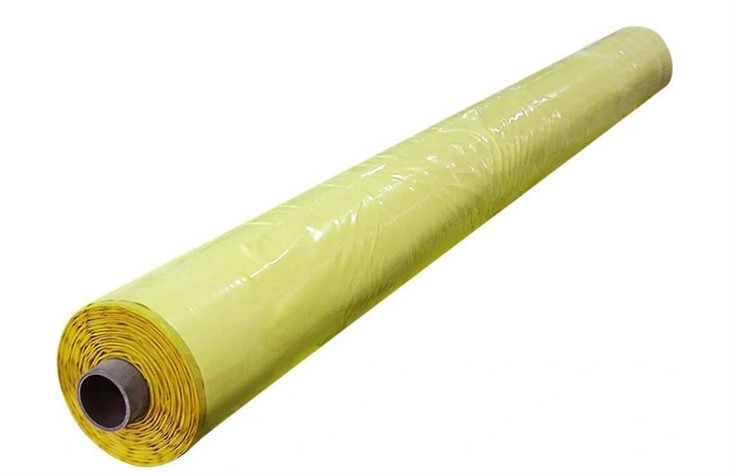
Advantages of Cotton Bale Wrap Film
-
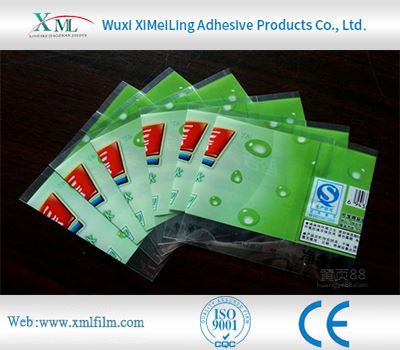
How Polyethylene Packaging Material Copes with High Temperature Environment
-
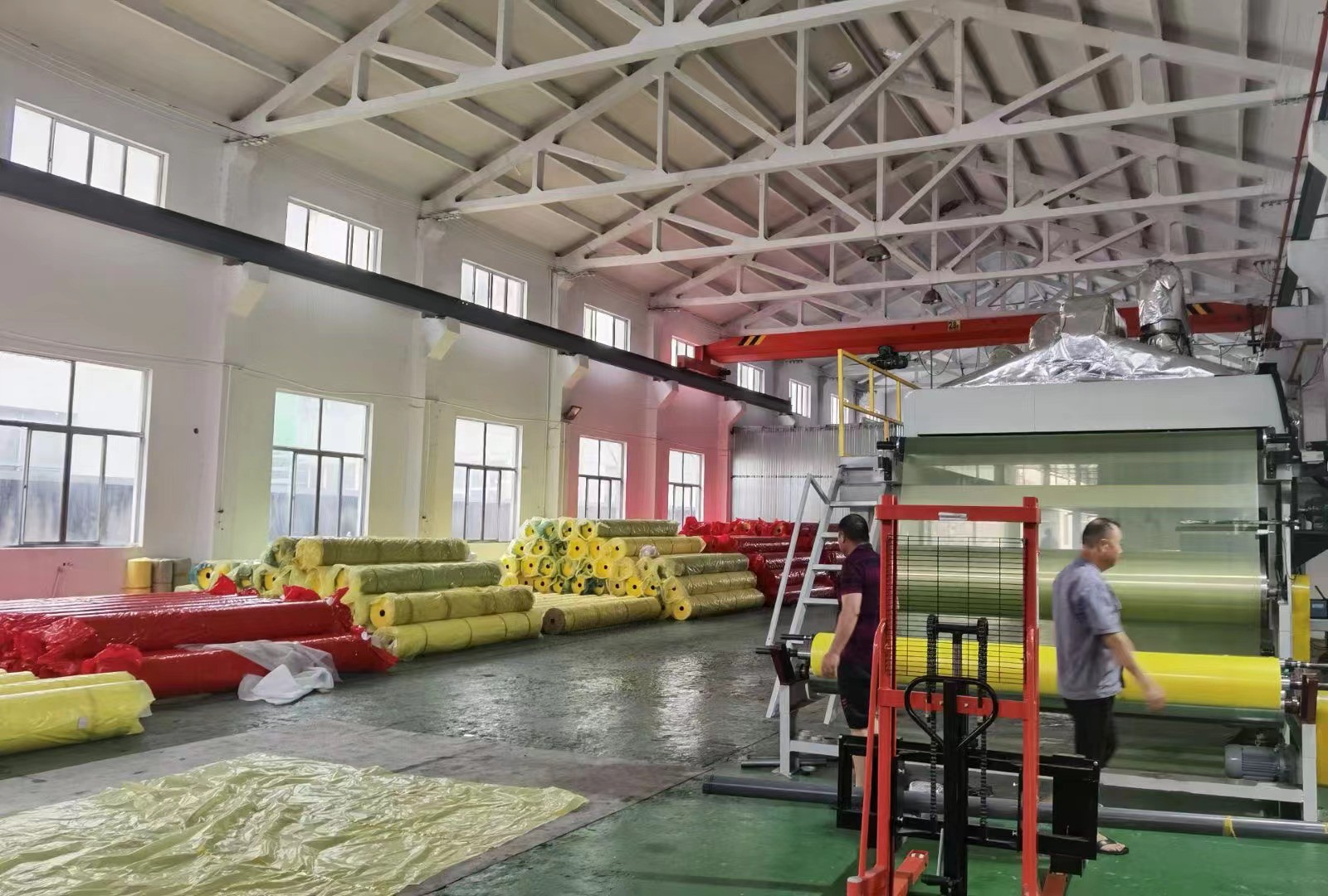
Storage method of cotton bale wrap film
